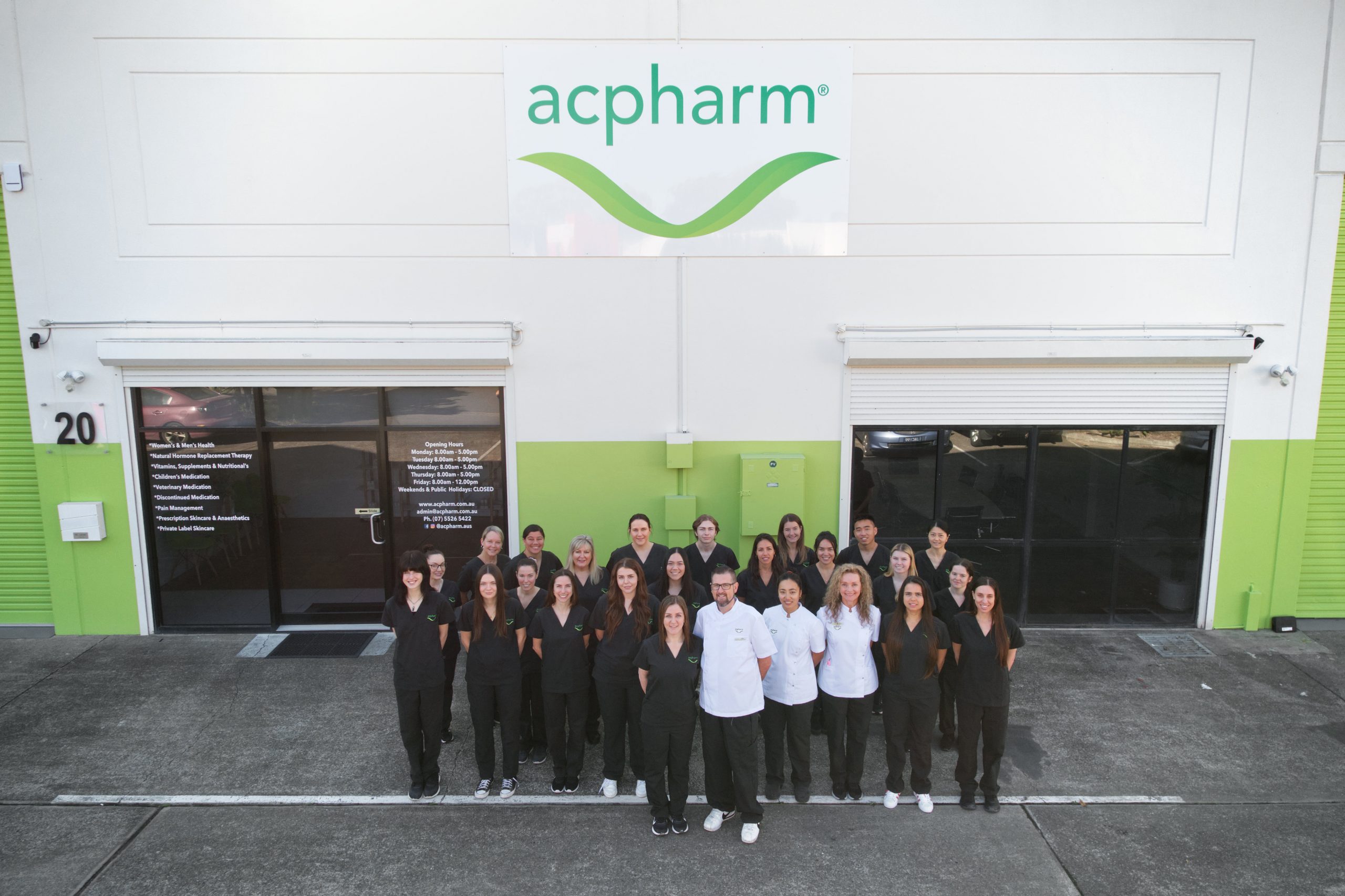

 In this second of two studies by Stanford researchers on low dose naltrexone’s effectiveness in Fibromyalgia (FM), LDN was found to significantly reduce pain and improve mood and quality of life. About 60% of study participants reported pain reductions of at least 30%. Sleep and fatigue were not affected. The second study, a small placebo-controlled, blinded cross-over study, was a followup to a smaller less rigorous but successful first study three years ago.
In this second of two studies by Stanford researchers on low dose naltrexone’s effectiveness in Fibromyalgia (FM), LDN was found to significantly reduce pain and improve mood and quality of life. About 60% of study participants reported pain reductions of at least 30%. Sleep and fatigue were not affected. The second study, a small placebo-controlled, blinded cross-over study, was a followup to a smaller less rigorous but successful first study three years ago.
Pointing to the three drugs already approved for FM, the researchers suggested LDN as a possible fourth.
No LDN studies have been done in chronic fatigue syndrome (ME/CFS) and none are underway, but it’s the first drug Dr. Klimas, a prominent ME/CFS physician, turns to for pain in ME/CFS and fibromyalgia.
Low Dose Naltrexone

Usually used in high doses to combat alcoholism and narcotics withdrawal, low dose naltrexone is being examined in a variety of disorders including fibromyalgia, multiple sclerosis and schizophrenia. LDN blocks the opioid/endorphin receptors in the brain and has the advantage of being cheap (@ $40/month), readily available and safe.
LDN been used in fibromyalgia and chronic fatigue syndrome and other disorders for years but only lately have studies begun to examine its effectiveness. Cheap, unpatentable and readily available at compounding pharmacies, LDN is no gold mine for drug companies but could be a boon for patients on a budget.
- Dig Deeper: More on Low Dose Naltrexone, Fibromyalgia and Chronic Fatigue Syndrome (ME/CFS)
Despite the lack of interest from drug companies, 23 LDN drug trials are underway on disorders ranging from fibromyalgia to multiple sclerosis to alcoholism to Crohn’s disease to Schizophrenia. The American Fibromyalgia Association funded the two Stanford low dose naltrexone fibromyalgia trials.
Why Low Dose Naltrexone Might be Effective in Fibromyalgia or Chronic Fatigue Syndrome
LDN could be reducing pain and improving mood in several ways.
Endorphin Release – By blocking the receptors for endorphins, one of the ‘feel good’ substances in the brain, low doses of naltrexone appear to trick the brain in producing more endorphins. Given that endorphins are known as ‘natural pain relievers’ some of LDN’s effects in FM could be from endorphin related pain relief. Several studies suggest altered endorphin levels are present in the brains of people with fibromyalgia.
Endorphins are produced by the HPA axis, which is impaired in both ME/CFS and FM, and during such activities as exercise, meditation, sex etc. all of which are probably fairly rare in people with these disorders.
Natural Killer Cell Stimulation – LDN enhances the responses of natural killer cells, an area of much interest in ME/CFS.
B-cell Inhibition – LDN inhibition of B-cell activity is intriguing in light of the Rituximab findings and the LDN studies underway in autoimmune disorders such as multiple sclerosis.
Mouse studies found LDN provided a ‘remarkable neuroprotective effect’ on mice engineered to have autoimmune encephalitis. One third of the mice, for instance, injected with LDN did not show any signs of neurological disturbance (compared to 100% of non-injected mice), and disease severity was greatly reduced overall.

Microglial Cell Inhibition – The Stanford researchers believe fibromyalgia is a neuro-inflammatory disorder characterized by ‘hyper-sensitive’ microglial cells; the main immune cells in the central nervous system.
Structurally similar to the macrophages found in the body, resting microglial cells display little activity but transform themselves, after being activated by inflammation, infection or cell death, into ‘hairy monsters’ that spew out pro-inflammatory cytokines, excitatory amino acids such as glutamate and nitric oxide with glutamate being a primary agent of damage. (Interestingly, glutamate production appears to be associated with reduced glutathione levels that occur during microglial activation. )
Microglial cells are responsible for producing neuropathic pain and flu-like symptoms such as pain, fatigue, etc. (eg sickness behavior). Rodent studies suggest LDN blocks the activity of toll-like receptors (TLR4) found on the microglial cells .
New Drug Target
Microglia produced neuroinflammation could be contributing to a wide variety of neurological conditions including multiple sclerosis, Alzheimer’s, traumatic brain injury, Parkinson’s disease and others and researchers are beginning to explore ways to keep microglial cells from becoming over-activated. The authors of this study stated they expected that new compounds aimed at keeping microglial cells quiet are under development and being tested.
Unfortunately it’s impossible to directly assess microglial functioning in humans but recent advances in positron emission tomography may be peeling away some of the fog currently veiling microglial activity in humans.
A New Class of Neuroprotective Drugs?
LDN is not the only possible microglial inhibitor that might work in FM or ME/CFS. Other possibilities include naltrexone’s close relative naloxone, dextromethorphan, 3-hydroxymorphinan and ibudilast. Each of these drugs was developed for other purposes and later found to have microglial inhibiting properties and the optimal doses for each, interestingly enough, is likely to be much lower than suggested for their original purposes.
Conclusions
LDN’s availability has kept drug companies from pursuing it but it’s an intriguing option in Fibromyalgia and ME/CFS. It’s no panacea and the latest study suggested it may not be effective against fatigue but chronic fatigue syndrome is also a pain disorder and LDN’s ability to improve mood and quality of life would be welcome indeed
Powered by WPeMatico


